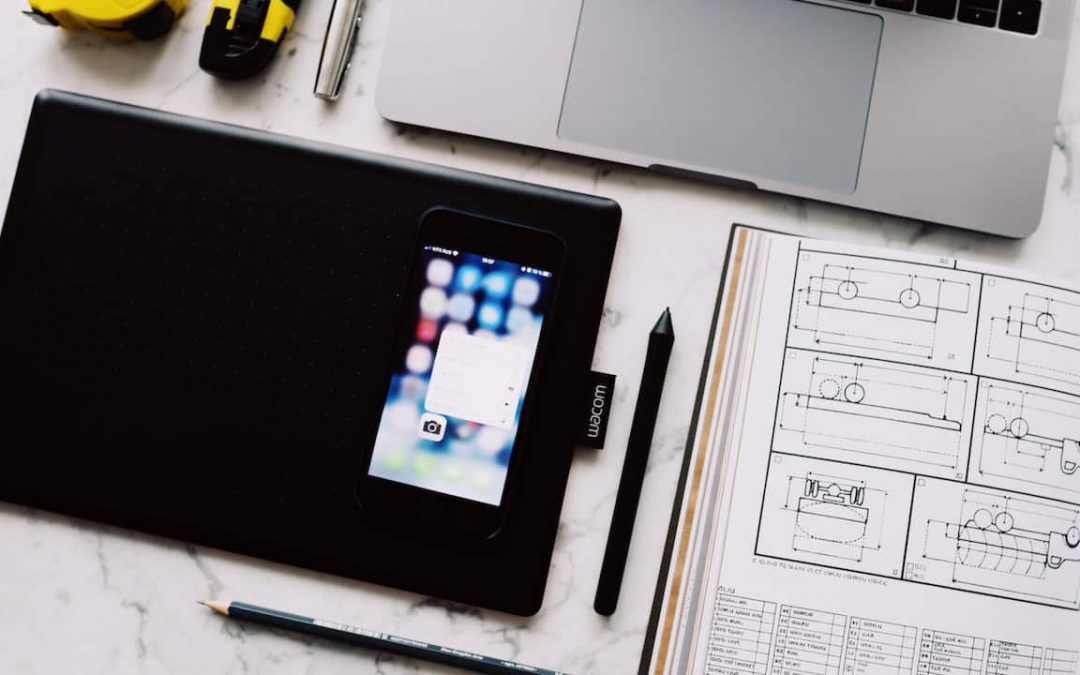Graphic design is a dynamic and ever-evolving field that blends creativity with technology to create visually stunning and impactful designs. At the heart of every graphic designer’s toolkit lies a range of software and tools that enable them to transform their ideas into reality. Each tool plays a crucial role in the design process, from industry-standard software to traditional pen and paper. In this article, we will explore the graphic design software commonly used by designers and the additional tools that enhance their creative workflow.
Graphic Design Software: Unleashing Creative Potential
Graphic design software is the backbone of a designer’s work, offering tools and functionalities to unleash their creative potential. The most popular software in the industry is Adobe Creative Suite and Sketch.
Adobe Creative Suite
As the industry leader, Adobe Creative Suite is a powerhouse encompassing various specialized software for design tasks. Key components include:
Photoshop: Widely regarded as the go-to software for image editing, Photoshop offers 2D and 3D manipulation, compositing, video editing, and image analysis. It is essential for retouching photos and creating digital artwork.
Illustrator: Perfect for vector-based designs, Illustrator enables designers to create logos, illustrations, fonts, and graphics that can be easily resized and scaled without losing clarity.
InDesign: Catering to layout and publishing needs, InDesign allows designers to create visually engaging magazines, newspapers, reports, and brochures. It provides tools to organize text, insert images, and format layouts efficiently.
After Effects: When motion and visual effects come into play, “After Effects” is the tool of choice. Designers can create animations, movie titles, and transitions and explore 3D design possibilities.
Sketch
Geared towards web, app, and interface design, Sketch is a vector-based tool popular among designers using Mac. It excels in crafting icons, ad banners, social media images, and presentation materials. Its focus on UI and UX facilitates prototyping and user flow creation.
Beyond Software: Traditional Tools Enriching the Creative Journey
While graphic design software forms the foundation of a designer’s work, they also rely on various traditional and modern tools to augment their creative journey.
Pen and Paper
The timeless combination of pen and paper remains essential for graphic designers. It lets them quickly sketch design ideas, brainstorm concepts, and jot down notes. This organic process often serves as the starting point for digital creations.
Computer
An indispensable tool for designers, a high-performance computer is essential to run complex design software seamlessly. A large, high-definition monitor enhances the design experience, providing ample workspace to visualize and refine designs.
Stylus and Graphics Tablet
Offering the feel of traditional drawing with the advantages of digital capabilities, a stylus and graphics tablets are popular choices for designers on the go. They allow precise input, instant color selection, and streamlined editing options.
Storage Devices
As design files can be large and storage-intensive, graphic designers rely on cloud-based storage solutions or physical storage devices to ensure their work is secure and accessible. A terabyte of storage capacity is often preferred to accommodate extensive projects.
Camera
A high-quality digital camera is indispensable for designers incorporating original photos and videos. While smartphones can suffice for quick shots, investing in a DSLR camera provides greater creative control and image quality.
Conclusion: Where Creativity Meets Technology
Graphic design is a captivating journey where creativity meets technology. Graphic designers harness the power of graphic design software, like Adobe Creative Suite and Sketch, to create mesmerizing artwork, illustrations, and visual elements. Traditional pen and paper inspire initial concepts and ideas alongside these digital tools.
Fusing modern and traditional tools empowers graphic designers to breathe life into their imagination, crafting designs that captivate audiences and leave a lasting impact. As the design industry continues to evolve, these tools will remain the bedrock of graphic design, propelling designers to explore new horizons and shape the visual landscape of tomorrow. Whether a digital masterpiece or a simple sketch on paper, the tools at a graphic designer’s disposal form the heart and soul of their creative expression.

